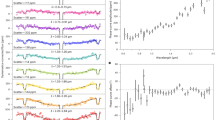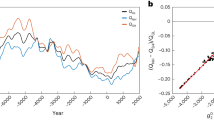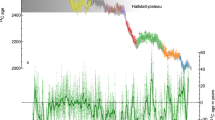Abstract
As the “halo” exactly opposite the sun, reported by Mr. T. W. Backhouse in NATURE, January 10 (p. 251) may prove to be of considerable importance, I beg to add my observations of it on the 12th. I had noticed a mass of ruddy colour under the given conditions, previously, but had not detected its strange nature. The sunset on the 11th was very fine. The 12th, until after sunset, was cloudless, except for the hazy masses which seem to precede every sunrise, and, more especially, sunset, at present. Our sunshine record is an unbroken scorch from 9.15 a.m. to 2.52 p.m. (sun seen clear of horizon at 8.26, and touched at 4.0); I doubt if, previously, we have recorded even five hours in early January. At 7.45 a.m. on the 12th (sun rose at 8.22) the cloud-glow had turned to silvery green below, and rose from 15° to 30° in the south-east. At 7.47 the rose reached 60°, but was fainter. I first noticed the “halo” at 7.52. It was then so well defined that, calling a lady's attention by asking what she saw there, she spoke of it as “a broad rainbow.” Position, by compass, 30° north of west. It was a semicircle situated 10° above the horizon, standing on the dark gray arch of dawn, Jupiter being on a line with the base of the left end of the rosy arch. The inner arc of this measured 10°, and the outer 24° in radius, but it spread out to 30° at the base. The centre was of the same blue as the sky to the right and left of the rosy semicircle, above the gray. The base, sinking faster than Jupiter, spread out so that, at 8 o'clock, the arch having now broken above, its outline was rather like a railway chair. The base now reached from west-north-west to north-north-west by north. After sunset there were signs of a similar phenomenon, but clouds prevented certainty.
Similar content being viewed by others
Article PDF
Author information
Authors and Affiliations
Rights and permissions
About this article
Cite this article
CLARK, J. The Remarkable Sunsets. Nature 29, 286 (1884). https://doi.org/10.1038/029286a0
Issue date:
DOI: https://doi.org/10.1038/029286a0



